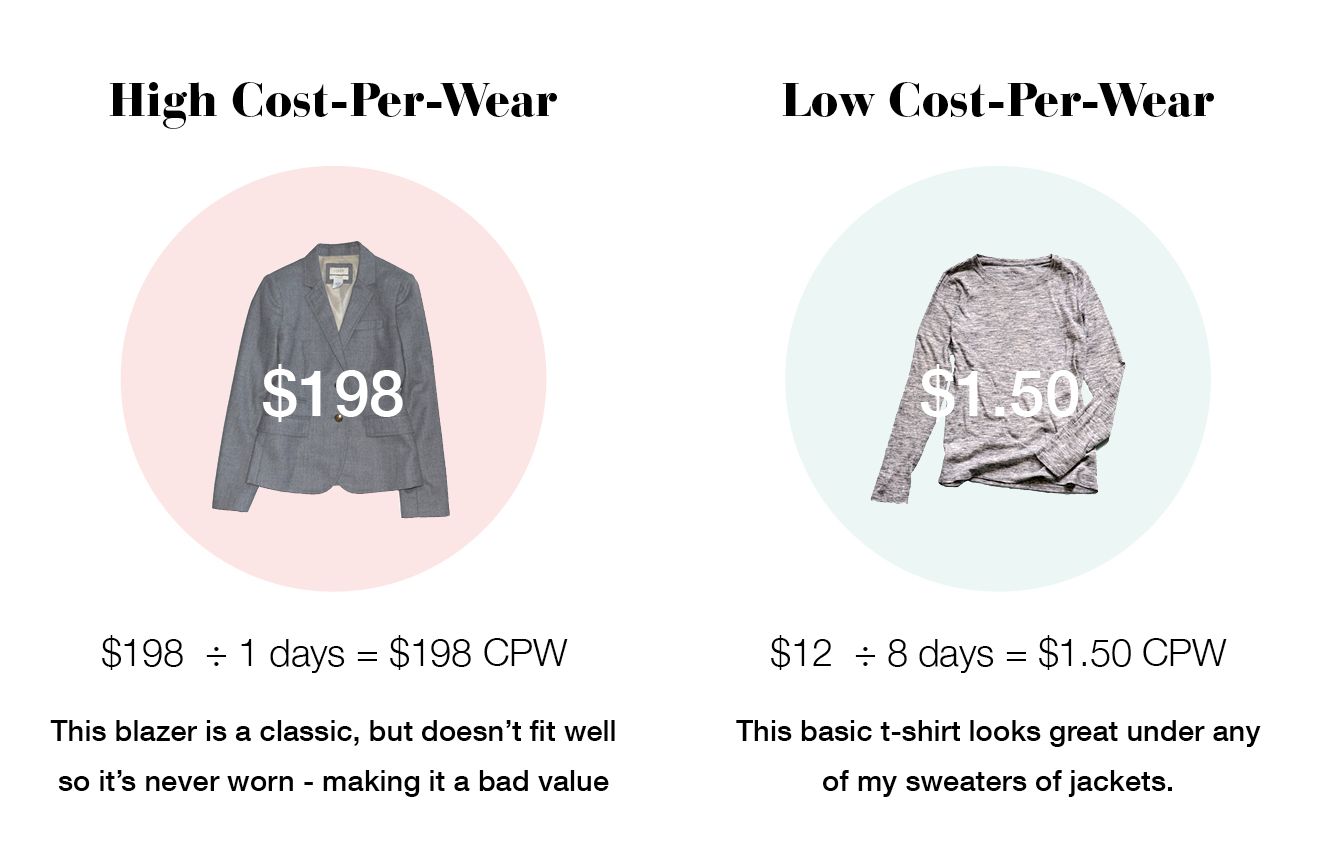Author – Amar Nagaram, CEO, VIRGIO
In an era where fast fashion and environmental consciousness stand at odds, the fashion industry is turning to an unlikely ally, technology. As climate change and resource scarcity push brands to rethink their supply chains, AI and smart tech are emerging as powerful tools for promoting circularity, efficiency, and accountability.
Sustainable fashion is no longer a concept reserved for eco-conscious niche players. Today, it is becoming a fast-growing business imperative, driven by increasing consumer demand, regulatory shifts, and the need to minimize environmental impact. With emerging technologies like trend mapping, artificial intelligence and data analytics, fashion brands are not just reacting; they’re reinventing.
Sustainable Fashion in the Digital Age

At its core, sustainable fashion promotes a system where garments are designed, produced, and consumed in ways that extend their lifecycle and minimize waste. This includes everything from sustainable sourcing and responsible manufacturing to repair, resale, recycling, and upcycling. Further, most importantly, producing what is needed without surplus production. However, the execution of a sustainable model requires more than just intent. It requires execution across the ecosystem.
AI for Trend Forecasting to Material Efficiency
Designers and brands are increasingly relying on AI-powered tools to predict trends, optimize fabric consumption, and reduce sampling waste. Algorithms are now capable of analyzing real-time consumer data, social media trends, and historical sales to design collections that are not only relevant but also have a higher sell-through rate. This smart forecasting significantly reduces overproduction, a big culprit for environmental degradation in fashion.
Digital Product Passports Enable Smarter, Clearer Systems

As the fashion industry grapples with overproduction and the environmental costs of fast fashion, a critical need has emerged for transparency and accountability. To address this, VIRGIO is building a smarter system through Digital Product Passports, a unique QR code on every garment. These passports store essential data about each garment, including fabric used, carbon footprint, price breakdown, cost per wear, styling and washcare instructions, all digitally linked to the product. This empowers consumers with the full story behind what they wear, unseen or unheard of in the industry.
Measuring Carbon Footprint: A Step Toward Accountability
The fashion industry is one of the largest contributors to global carbon emissions, with significant environmental impact generated at every stage, from raw materials to manufacturing and shipping. Measuring and reducing a garment’s carbon footprint is essential to building a more responsible fashion ecosystem. It not only highlights areas of inefficiency but also empowers brands and consumers to make conscious choices.
Brands like VIRGIO are taking active steps in this direction by tracking the environmental impact of their production processes. In 2024 alone, the VIRGIO brand saved around 4.98 lakh liters of water, recycled over 2.8 lakh plastic bottles, and conserved 6.6 lakh hours of lighting energy. By integrating such measurable sustainability practices, they are setting a practical example of how data-driven decisions can lead to meaningful change
Role of ‘Cost Per Wear’ in Measuring Sustainability

One of the most innovative approaches being implemented in India is Cost Per Wear (CPW), championed by VIRGIO. This metric shifts the focus from price tags to the longevity and utility of garments. Instead of asking, “How much did this cost?”, CPW encourages consumers to ask, “How many times will I wear this?”
By emphasizing the repeated use of each item, CPW creates a mindset shift, urging buyers to invest in quality pieces that last longer. This philosophy not only makes fashion consumption more intentional but also promotes brand accountability. For a new-age brand like VIRGIO, CPW is a step toward demystifying value in fashion and driving awareness around sustainable buying.
From educating consumers on how to care for clothes to gamifying the information on their clothes, technology is helping build emotional and functional connections between consumers and their garments. Such tools serve as powerful behavioral nudges, encouraging users to think before they discard and value what they already own.
Conclusion
As the fashion industry grapples with its environmental footprint, technology stands out as a catalyst, not just for innovation but for responsibility. Tools like AI, smart tags, and CPW can not only enhance operational efficiency but also reinforce the shift toward circularity.
While there’s still a long way to go, the transformation has begun. Brands like VIRGIO are at the forefront, reimagining what fashion can look like when technology, sustainability, and creativity converge. The result? A smarter, cleaner, and more sustainable fashion ecosystem.


